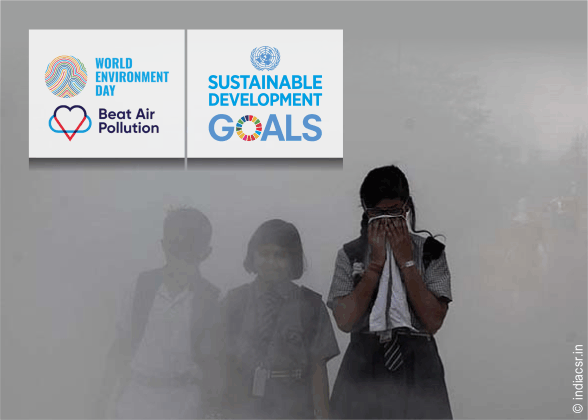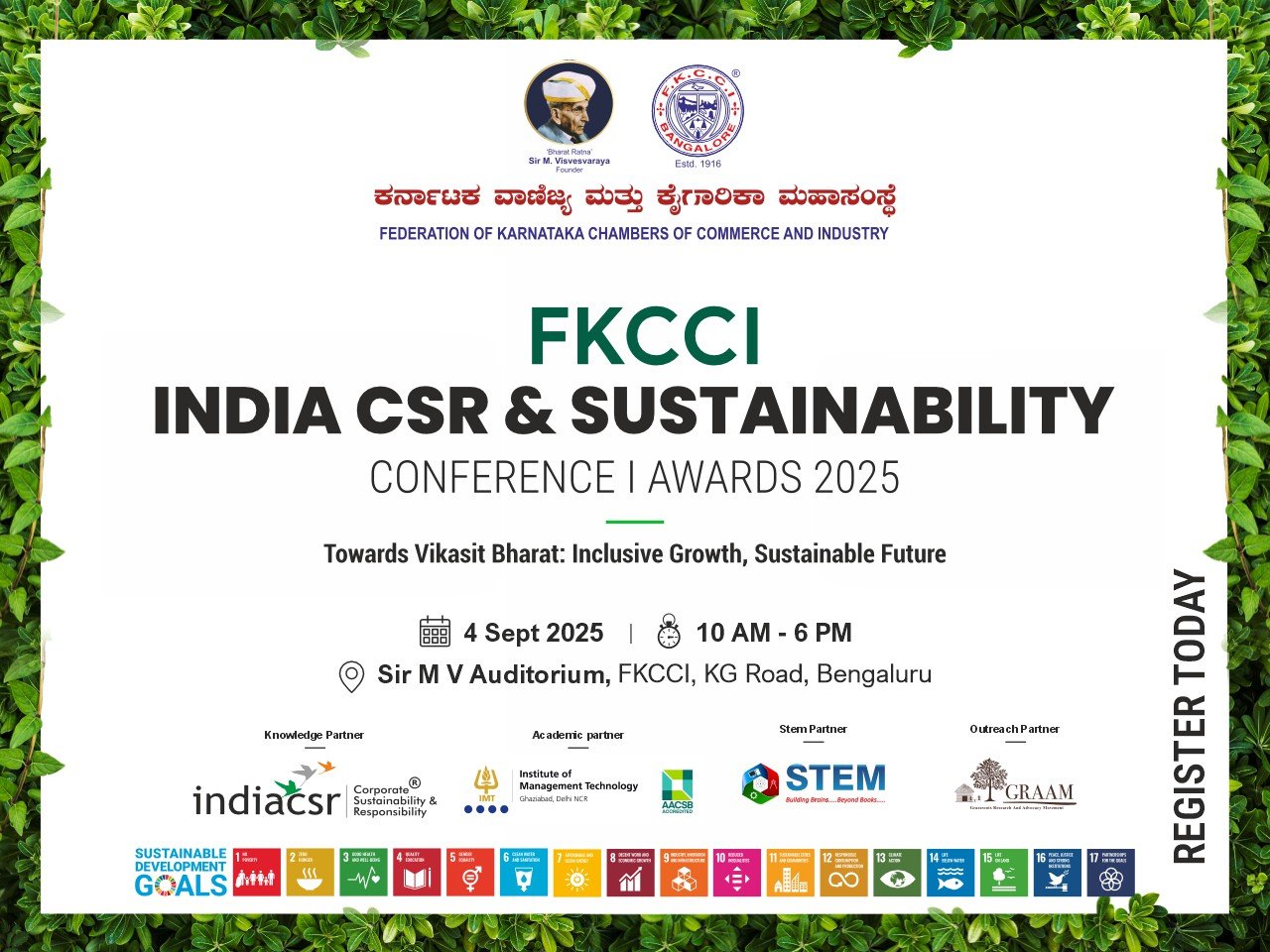NEW DELHI: Air pollution has become a national emergency as it is killing one lakh children under the age of five in India every year and is responsible for 12.5 per cent of all deaths in the country, according to a study released on the World Environment Day.
Environment think tank CSE’s State of India’s Environment (SoE) report said that on an average, 8.5 out of every 10,000 children in India die before they turn five, while the risk was higher for girls as 9.6 out of 10,000 girls die before five years of age due to bad air.
“Air pollution is responsible for 12.5 per cent of all deaths in India. Its impact on children is equally worrying. Over 1,00,000 children below the age of five die due to bad air in the country,” the CSE report said.
The think tank said that the government’s schemes to fight air pollution have not been successful yet, a fact also accepted and acknowledged by the environment ministry.
Recently, a senior official at the ministry had accepted that the situation was not a happy one and schemes have not been as successful as they were expected to be.
Earlier this year, global reports on air pollution revealed that over 1.2 million people died in India due to air pollution in 2017.
According to a report by Greenpeace, New Delhi is the most polluted capital city in the world.
The reports, however, were rejected by previous environment minister Harsh Vardhan, who is now Health Minister, saying such studies only aim to cause panic among people and were not true.
In 2013, India had pledged to phase out non-electric vehicles and achieve a target of cumulative sale of 15-16 million hybrid and electric vehicles by 2020.
However, as per the CSE report, the number of e-vehicles till May 2019 was 0.28 million, much behind the set goal.
“While India was one of the first countries to pledge the phasing out of non-electric vehicles, its national scheme to promote the sale of e-vehicles is yet to pick up.
“Against the target of 5-6 million e-vehicles by 2020, the county had 0.28 million vehicles till May 2019,” the SoE, an annual quantified statement of environmental statistics and analysis, said.





















